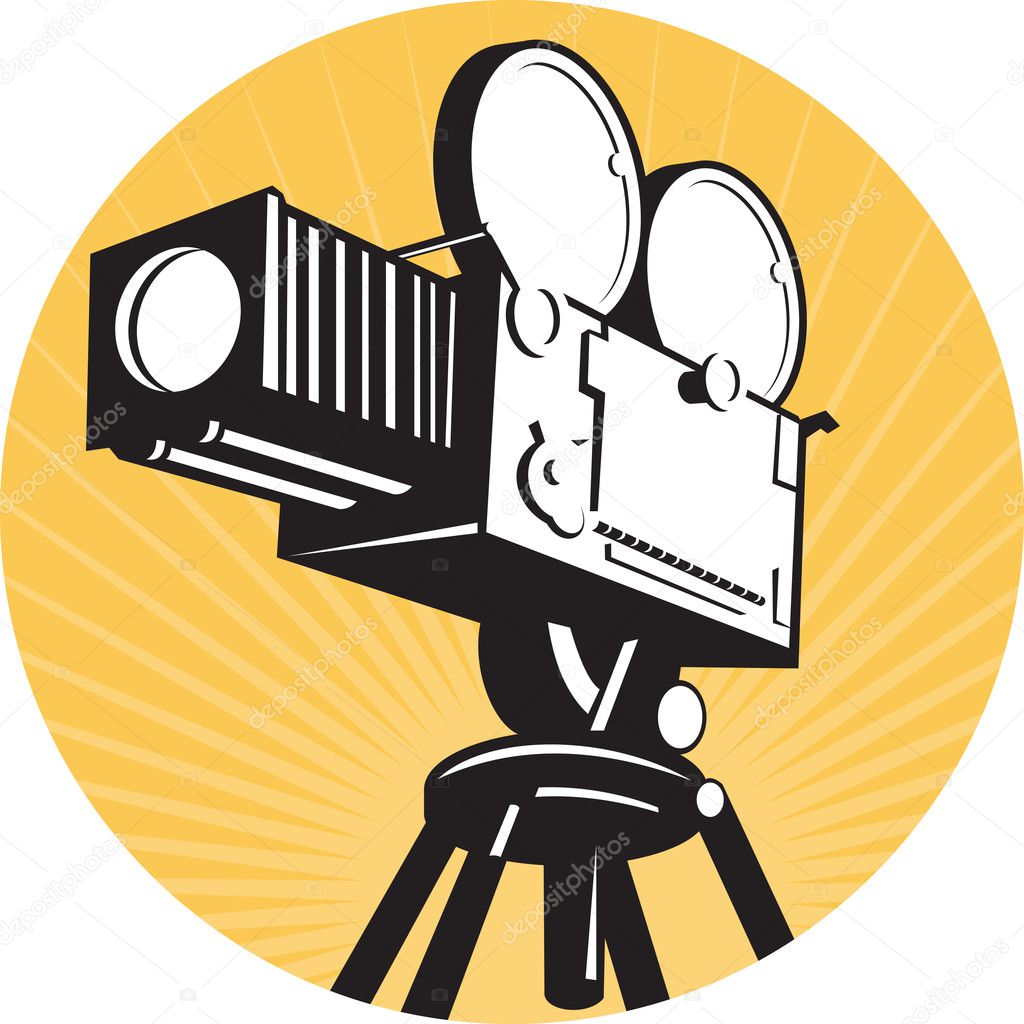

If you’re interested in learning more about the different film cameras, as well as the various film formats and types available, then continue reading. Also, black and white pictures tend to be more detailed when shot on film due to the higher dynamic range. Additionally, film cameras are generally more affordable-some typically have a higher resolution as well-than many of their digital counterparts. Other reasons why people are turning to cameras that use film are that film offers a variety of creative and technical advantages-such as higher dynamic range, superior color saturation and accuracy, and the ability to experiment with double exposure. It’s much more complicated than it seems, but that’s part of what makes it fun for most photographers. You then develop film in a darkroom and turned into an actual photographic print. And of course, the entire process of turning your film into an actual photo is an arduous one as well.Īnalog cameras capture images by exposing photographic film to light, with the scene in front of the lens being reproduced onto the material thanks to the chemical reaction between the silver halides and the light itself.
#Film camera retro software
You also don’t have the option of cropping out unwanted elements or adjusting the exposure of a particularly dark image (unless you own a film scanner) with photo editing software later on. You have to be very selective about the images you take, as you don’t want to waste film. Unlike digital photography, working with film can be quite tricky. In fact, film has been witnessing a resurgence in popularity among professionals and amateurs alike-even gadget-obsessed millennials are ditching their smartphones and digital cameras for old school film cameras. Despite the ongoing improvements in digital imaging technology, analog film cameras remain a popular (and beloved) instrument for many photographers.


 0 kommentar(er)
0 kommentar(er)
